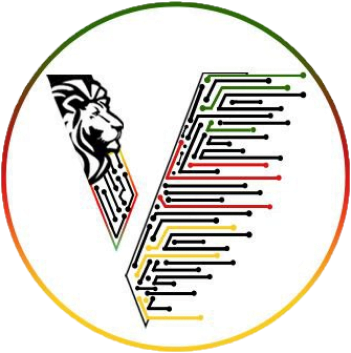About Course
Explore the full range of bioinformatics software through the Linux command line
Bioinformatics is a rapidly growing academic field and one that promises to change how we analyse and compare biological data.
In this course, you’ll get familiar with Linux – the operating system often used to access and analyse biological data. You’ll come away able to navigate it using the command line, understand how to write scripts and prepare data files for further analysis and visualisation.
Explore basic commands and file systems in Linux
Much bioinformatics software is available for use through Linux, via the command line, which many biologists are unfamiliar with.
Alongside an international team of bioinformaticians, you’ll learn what the main features of Linux are, and how it’s used in biology. You’ll be able to describe how a Linux file system is structured and learn how to use Linux commands to navigate the file system.
Discover how to work with biological data files
You’ll use Linux commands to manipulate biological data files, preparing them for export into other environments for further analysis. The course will introduce you to the basics of R language and RStudio software environment.
You’ll also learn the basics of writing and executing simple Bash scripts in order to automate data processing.
Learn from an international team of bioinformatics experts
The Wellcome Genome Campus (WGC) is one of the globe’s leading bioinformatics centres, pioneering vital research into genome analysis.
On this course, the educators from WGC Advanced Courses and Scientific Conferences are joined by experts from the Institut Pasteur de Tunis, to give you practical training using real biological data in different biological scenarios. This will help you see how you can work with data in your own field of biology.
This course will appeal to students, biologists, and research scientists with an interest in bioinformatics.
Learners are expected to have some knowledge of or experience with life sciences, but no prior knowledge of computing or bioinformatics is expected. There are no formal prerequisites.
Windows users might need to download and install a Unix emulation program. Linux and Mac users can run Unix commands natively in a terminal session. The course examples can also be run using a browser-based online emulator.
For the best learning experience, learners should have a computer available to them, not just a handheld device.
Course Content
Module 0: Career Development
-
Career Assessment
00:00
Module 1: Intro to Course
Module 2: Course Completion
Module 3: Certification and Ranking
Student Ratings & Reviews



